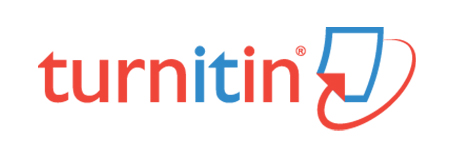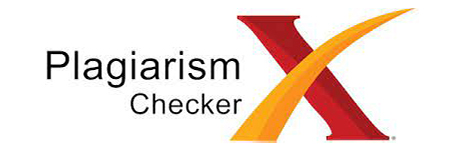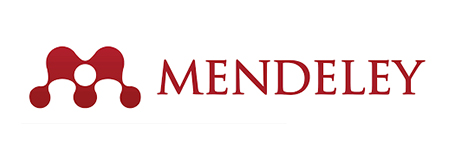Hubungan Antara Pola Konsumsi Makanan Cepat Saji dengan Obesitas pada Remaja di Kota Praya
DOI:
https://doi.org/10.71094/jmhs.v1i1.107Keywords:
fast food, obesity, adolescents, consumption, patterns Central LombokAbstract
Background: The increasing prevalence of obesity in adolescents is a worrying public health problem, especially in urban and semi-urban areas. One of the main risk factors suspected to contribute is the consumption pattern of fast food that is high in calories and low in nutritional value. This study aims to analyze the relationship between fast food consumption patterns and the incidence of obesity in adolescents in Praya City, Central Lombok. Methods: This study used a quantitative approach with a cross-sectional study design. A sample of 150 adolescents aged 13–18 years was selected purposively from several high schools in Praya City. Data were collected through questionnaires regarding the frequency and type of fast food consumed, as well as body mass index (BMI) measurements to determine obesity status. Data analysis was performed using the chi-square test and logistic regression. Results: The results of the analysis showed a significant relationship between the frequency of fast food consumption and the incidence of obesity in adolescents (p < 0.05). Adolescents who consume fast food more than three times a week have a 2.8 times higher risk of obesity compared to those who rarely consume it. Conclusion: There is a significant relationship between fast food consumption patterns and the incidence of obesity in adolescents in Praya City. Nutrition education and promotion of healthy eating patterns need to be improved to reduce the risk of obesity among adolescents.
References
Arlinda, S., & Warsiti, W. (2015). Hubungan konsumsi fast food dengan obesitas pada remaja di smp muhammadiyah 10 yogyakarta (Doctoral dissertation, STIKES'Aisyiyah Yogyakarta).
Chooi, Y. C., Ding, C., & Magkos, F. (2019). The epidemiology of obesity. Metabolism, 92, 6-10.
Kementerian Kesehatan RI. (2018). Riskesdas 2018: Laporan Nasional. Jakarta: Badan Penelitian dan Pengembangan Kesehatan.
Malik, V. S., Popkin, B. M., Bray, G. A., Després, J. P., & Hu, F. B. (2010). Sugar-sweetened beverages and risk of metabolic syndrome and type 2 diabetes: a meta-analysis. Diabetes Care, 33(11), 2477–2483.
Monteiro, C. A., Cannon, G., Levy, R. B., Moubarac, J. C., Jaime, P., Martins, A. P., ... & Louzada, M. L. C. (2019). Ultra-processed foods: what they are and how to identify them. Public Health Nutrition, 22(5), 936-941.
Neumark-Sztainer, D., Story, M., Perry, C., & Casey, M. A. (2003). Factors influencing food choices of adolescents: findings from focus-group discussions with adolescents. Journal of the American Dietetic Association, 103(8), 929-933.
Pulgarón, E. R. (2013). Childhood obesity: a review of increased risk for physical and psychological comorbidities. Clinical Therapeutics, 35(1), A18-A32.
Putri, E. B. P., & Setyowati, A. (2021). Pengetahuan gizi dan sikap remaja dengan pola konsumsi makanan cepat saji selama masa study from home (SFH). Sport and Nutrition Journal, 3(2), 25-33.
Rosenheck, R. (2008). Fast food consumption and increased caloric intake: a systematic review of a trajectory towards weight gain and obesity risk. Obesity Reviews, 9(6), 535–547.
Setia, M. S. (2016). Methodology series module 3: Cross-sectional studies. Indian Journal of Dermatology, 61(3), 261.
Story, M., Neumark-Sztainer, D., & French, S. (2002). Individual and environmental influences on adolescent eating behaviors. Journal of the American Dietetic Association, 102(3), S40–S51.
Swinburn, B. A., Caterson, I., Seidell, J. C., & James, W. P. T. (2011). Diet, nutrition and the prevention of excess weight gain and obesity. Public Health Nutrition, 7(1a), 123–146.
WHO. (2021). Obesity and overweight fact sheet. Retrieved from https://www.who.int/news-room/fact-sheets/detail/obesity-and-overweight
Downloads
Published
Issue
Section
License
Copyright (c) 2025 Juhaini, Yogi Saputra (Author)

This work is licensed under a Creative Commons Attribution-ShareAlike 4.0 International License.










